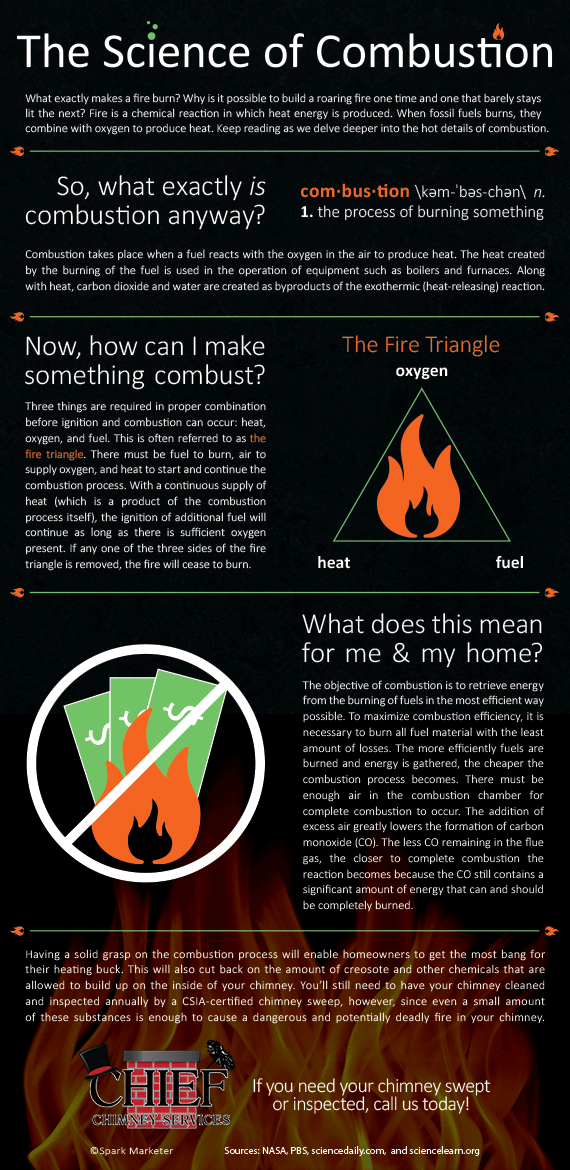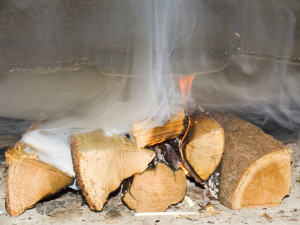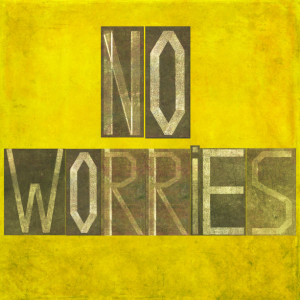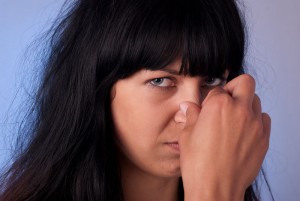Signs You Need a Chimney Inspection

Pay close attention to the warning signs displayed by your chimney. Have it inspected as soon as possible.
When you aren’t feeling well you often times will go see a doctor. Your chimney however, cannot tell you when it is not in top shape so you need to watch for the warning signs that come along with the need for chimney maintenance. Also, you should have at least one chimney sweep and inspection every year. If you sense that something is going wrong inside of your chimney it is important to call your trusted technician immediately. If you need someone, the professionals at Chief Chimney Services!
What are the warning signs?
- Cracks in the structure or mold build-up
After the winter season cracks can begin to form in the chimney’s structure from the constant freezing and thawing of precipitation. This can cause the caulk to crack and water to have a place to collect. This water can turn to mold in as little as one or two days. With careful chemical treatments, mold can be removed. Most technicians will recommend waterproofing after the chimney is back in order to prevent similar instances in the future.
- Odors have begun to make appearances in your home
When creosote is released from firewood it clumps together and slowly begins to block your chimney. When temperatures get warm and humid, the clumps will begin to cause a foul odor. Most people think that having a sweep will rid the odor, but in actuality it will only reduce it once the creosote has had time to soak into the structure. This is one reason you should keep your maintenance up to date.
Also, blockages caused by creosote can cause draft problems. When this happens air cannot properly exit the home and the room will fill with smoke. This can also lead to Carbon Monoxide poisoning which can be fatal.
How do you know that your technician is qualified?
When hiring a techinican it’s important to make sure you have the right person. The Chimney Safety Institute of America (CSIA) has a few suggestions on how to hire the best for your chimney. Check how long the company has been in business. Also check to see if they have references or reviews from real clients. Lastly, make sure they are CSIA certified.
How do you prepare your home for the inspection?
You have nothing to worry about when your chimney gets its inspection. A few things you can do to help with the process is to not burn a fire for 24 hours and clean the area around the fireplace where the technicians have room to work. Also, lock up all pets for their safety.









